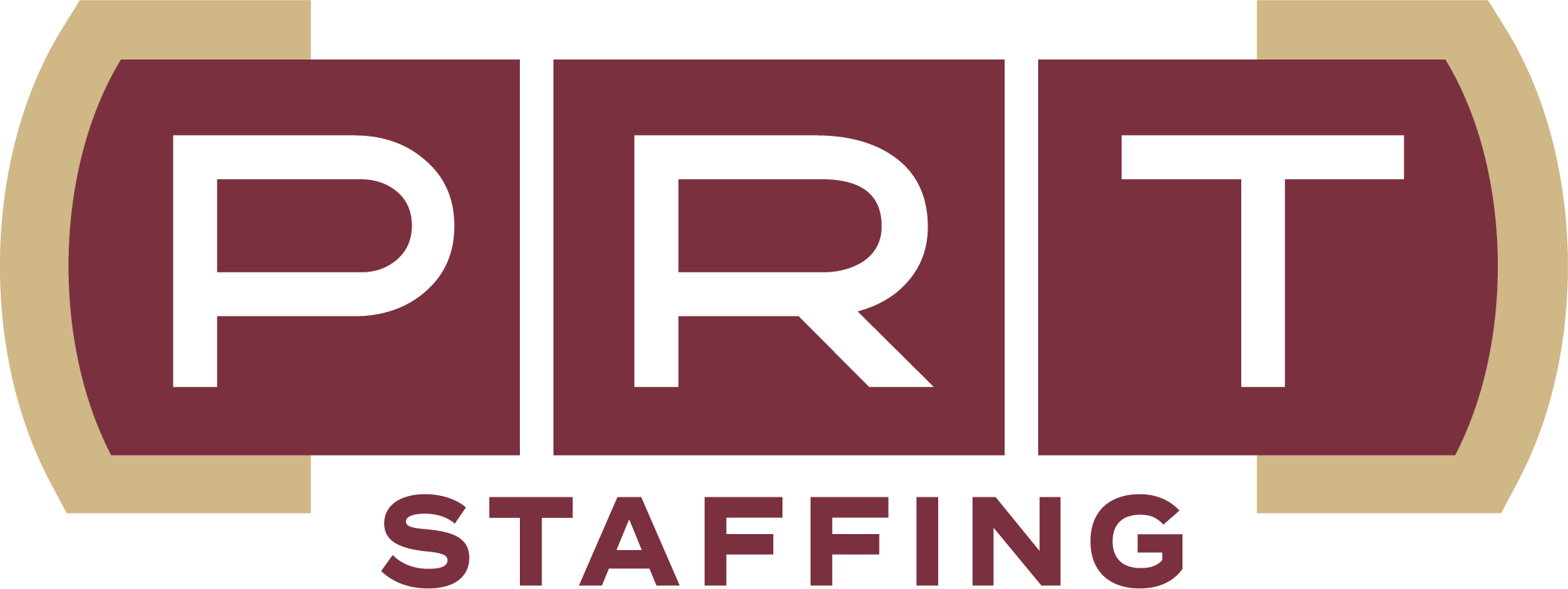The Hidden Costs of a Bad Hire (And How to Avoid Them)
A bad hire can cost your company tens of thousands of dollars in direct and indirect costs, including recruitment fees, lost productivity, and team morale impacts.
According to the U.S. Department of Labor, a bad hire can cost your business 30 percent of the employee’s first-year earnings, but the Society for Human Resource Management (SHRM) estimates that replacement costs can be as high as 50 to 60 percent of an annual salary, and total costs can range from 90 to 200 percent of annual salary.
“There are both monetary and intangible costs associated with a bad hire,” explained Skye Schooley in business.com. “The exact monetary cost of a bad hire varies based on factors such as industry type, employee salary, recruiting resources, and onboarding and training expenses. When you hire an ill-fitting employee, the cost extends beyond dollars and cents. A bad hire can affect your organization’s overall productivity, company culture and reputation.”
Almost 1 in 3 New Employees Leave Job in First 90 Days
According to the Harvard Business Review, some 30 percent of new employees leave their jobs within the first 90 days of getting hired.
“A “bad hire” is not limited to an employee who simply underperforms in their role; it encompasses individuals who fail to align with the company culture, disrupt workflows, and potentially create hostile work environments,” says Forbes. “These individuals often lack commitment, which can impact team dynamics and damage customer relationships. The ramifications of a bad hire become even more evident when examining the associated costs.”
Poor hiring decisions often stem from rushed processes, unclear job descriptions, or inadequate candidate evaluation methods. And it’s happening more and more often.
“It's not just a talent shortage - employers admit they're hiring the wrong people,” reported ZDNet. “The rush to recruit is leading to sloppy hiring decisions, with nearly half of business leaders making bad hires in the past year.”
Let’s look at the hidden costs of a bad hire, some common causes of bad hires, and strategies to avoid making them in the future.
Adding Up the Hidden Costs of a Bad Hire
Calculating the hidden costs of a bad hire includes both the obvious such as recruitment expenses, training, onboarding costs, and severance pay, and the not so obvious such as delays in projects, missed deadlines, and stress on staff that can lead to additional turnovers.
Here are the hidden costs of a bad hire:
- Financial Costs: The most immediate and quantifiable impact of a bad hire is often financial and can include:
o Recruitment expenses such as job postings, recruiter fees, and time spent interviewing candidates.
o Training and onboarding costs, which include all the resources invested in getting the new hire up to speed.
o Severance pay, if applicable.
o Potential legal fees in cases of wrongful termination or other workplace disputes. - Productivity Loss: Beyond the direct financial impact, bad hires can significantly hamper productivity, with SHRM saying 1 in 3 chief financial officers (CFOs) were most concerned about a drop in productivity because of bad hires. Productivity losses range from:
o Managers and team members often spend extra time correcting mistakes or compensating for poor work of underperforming hires.
o Delays in projects or missed deadlines as a single weak link can slow down entire teams or departments.
o Opportunity costs as your organization might miss out on better candidates or business opportunities while spending time and resources on a bad hire. - Impact on Team Morale: The only concern greater than productivity loss in that survey of CFOs by SHRM was degraded staff morale (39 percent). The effects of a bad hire extend beyond the individual, often causing a ripple effect throughout the team:
o A poor performer can create tension and frustration among colleagues, disrupting team dynamics.
o Increased stress for team members as they must pick up the slack for the bad hire, leading to burnout among staff.
o Higher turnover rates can ensue as good employees seek jobs elsewhere because of dissatisfaction caused by the current work environment. - Reputation and Customer Impact: In customer-facing roles, the consequences of a bad hire can extend behind your organization:
o Underqualified or unmotivated employees may provide poor service, damaging customer relations because of negative customer experiences.
o Top talent may be hard to attract in the future if word of mouth spreads about your company’s poor hiring practices.
Common Causes of Bad Hires
No business sets out intentionally to hire bad employees but when it happens – and almost all organizations will be faced with a bad hire at some point in time – they need to understand they it happened to prevent it again in the future.
Here are some common pitfalls in the hiring process:
- Rushing the hiring process: When faced with urgent staffing needs, it's tempting to cut corners. However, hasty decisions often lead to poor matches.
- Unclear or inaccurate job descriptions: Vague or misleading job postings can attract the wrong candidates and set incorrect expectations.
- Lack of structured interviews: Without a standardized approach, interviews can be subjective and fail to assess candidates consistently.
- Overemphasis on technical skills: While technical competence is important, overlooking soft skills and cultural fit can lead to integration problems later.
- Failure to check references and conduct background checks: Skipping these crucial steps can mean missing red flags or important insights about a candidate's past performance.
- Unconscious bias: Personal preferences or preconceptions can cloud judgment and lead to hiring decisions based on factors unrelated to job performance.
By recognizing these common pitfalls, organizations can take proactive steps to refine their hiring processes and reduce the likelihood of bad hires.
Strategies to Avoid Bad Hires
Implementing effective strategies can significantly reduce the risk of bad hires. Here are some key approaches to consider:
- Improve Job Descriptions: Clear, accurate job descriptions are the foundation of successful hiring:
o Be specific about required skills, experience, and qualifications.
o Include information about company culture and values to attract candidates who align with your organization.
o Clearly outline responsibilities and expectations to prevent misunderstandings later. - Use Structured Hiring Processes: A standardized approach helps ensure fair and comprehensive candidate evaluations:
o Implement structured interviews with consistent questions for all candidates.
o Use scoring rubrics to objectively compare candidates across key criteria.
o Involve multiple team members in the interview process to gain diverse perspectives. - Conduct Thorough Reference Checks: Don't skip this crucial step:
o Speak with former supervisors and colleagues to verify past performance.
o Ask specific questions about the candidate's strengths, weaknesses, and work style.
o Pay attention to any red flags or inconsistencies that arise during these conversations. - Invest in Interview Training for Hiring Managers: Equip your team with the skills to conduct effective interviews:
o Train interviewers to avoid common biases and focus on objective criteria.
o Teach techniques for asking probing questions and interpreting responses.
o Emphasize the importance of cultural fit alongside technical skills. - Utilize Technology and Tool: Leverage modern recruitment tools to enhance your hiring process:
o Use AI-driven recruitment platforms to help match candidates with job requirements.
o Implement applicant tracking systems (ATS) to streamline the hiring workflow.
o Consider online skills assessments or personality tests to gather additional data points. - Implement Probationary Periods: Use trial periods to assess new hires in action:
o Set clear goals and expectations for the probationary period.
o Provide regular feedback and conduct formal evaluations before the period ends.
o Be prepared to make tough decisions if the new hire isn't meeting expectations. - Build a Strong Employer Brand: Attract top talent by showcasing what makes your company a great place to work:
o Develop a compelling employer value proposition (EVP).
o Use social media and your company website to highlight company culture and employee experiences.
o Encourage current employees to become brand ambassadors through referral programs.
By implementing these strategies, organizations can significantly improve their hiring outcomes, reducing the likelihood of bad hires and their associated costs. Remember, effective hiring is an ongoing process that requires continuous refinement and attention to detail.
PRT Staffing can help you quickly and efficiently build your team. We provide qualified skilled and temporary workers for both short- and long-term projects. Upon request, applicants will undergo a thorough screening process including in-depth interviews, skill assessments, and reference checks to help you avoid any bad hires.
Contact us today to learn more about our direct hire services which can reduce your hiring timeline and costs while delivering top talent for your organization.





